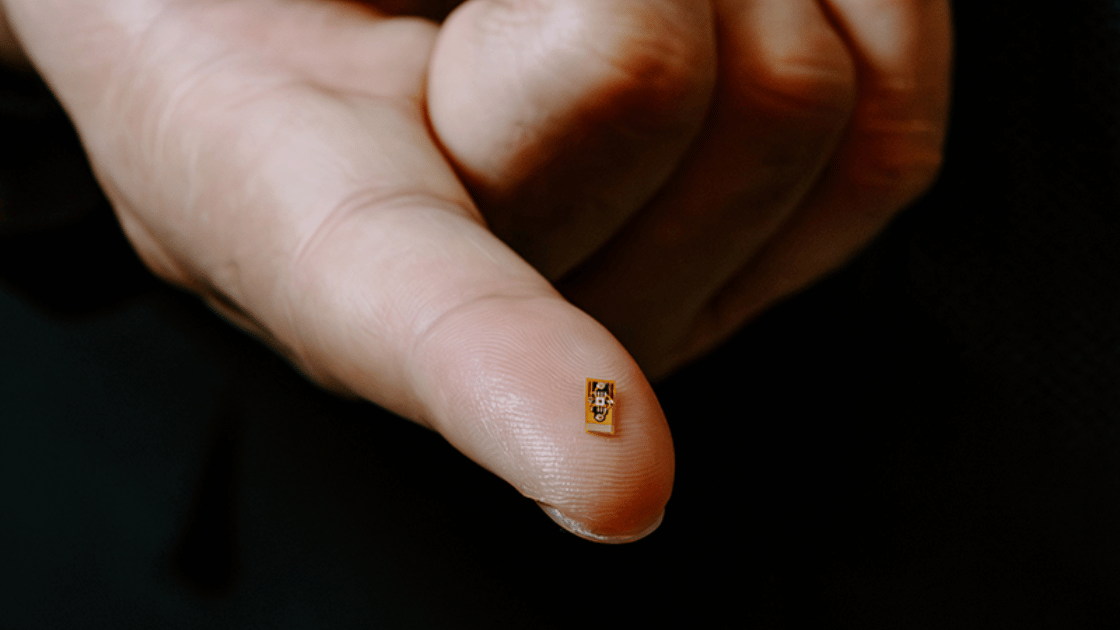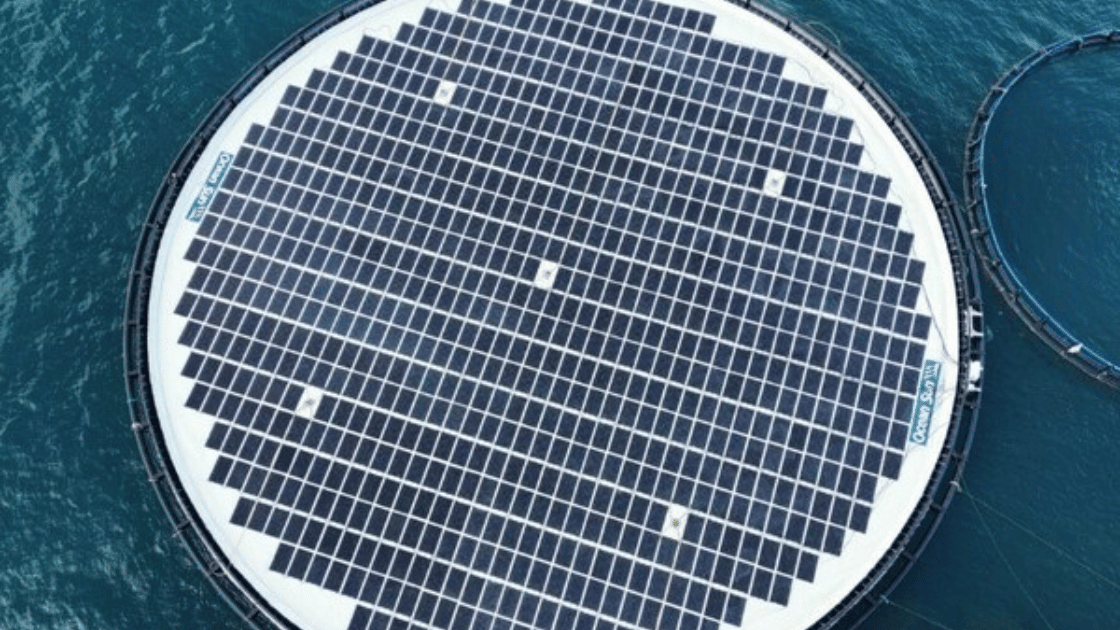Purdue University is spearheading a revolutionary approach to human-device interaction, marking a paradigm shift from the prevalent smartphone-dominated era. The university’s research led by Professor Shreyas Sen focuses on harnessing the human body as a conduit for internet connectivity, a concept that reimagines the way we interact with technology. Dubbed “WI-R,” the groundbreaking technology enables the human body to function as a localized internet network, facilitating communication between various devices such as smartphones, laptops, and even medical implants like insulin pumps. This system operates on electro-quasistatic signals, a significant departure from conventional Bluetooth or radio signals.
A faster data transfer rate is offered by these low-frequency signals. They are accessible exclusively through human skin contact, thereby ensuring a more secure & private communication channel. This concept is not just theoretical, but has been practically demonstrated. A notable technology trade show in Las Vegas – 2023 CES – showcased the ability of Wi-R to transmit music through touch, demonstrated by Professor Sen & the Ixana team. A simple touch can act as a conduit to stream music from a smartphone to another device, like a speaker. Novel interactions such as transferring a photo by poking someone or sharing a music track through a handshake are enabled by this technology.
The research of Purdue University also delves into brain-computer interfaces (BCIs), thus looking further into the brave new world. Direct communication between the brain & external devices would be enabled by these interfaces, allowing for control of technology through thought alone. Thus, profound applications could be pursued by such devices, including aiding neurological disorders & enhancing human capabilities. For example, in a few years, adjusting a thermostat or sending a text message might be possible just by thinking about it.
Right now, our gateway to the internet is this very exciting box in our hands. We find ourselves heads down looking at it for a significant fraction of our awake time. If that’s not the kind of the future we want, then technology needs to evolve. Instead, the smartphone could be deconstructed and distributed all around you at suitable locations such that it becomes invisible to the eye.
Shreyas Sen, Purdue’s Elmore Associate Professor of Electrical and Computer Engineering
Similar Posts
Although the idea of BCIs is not new, the approach Purdue University is exploring offers several advantages. Their brain implant concept, for instance, utilizing electro-quasistatic signals, would be wire-free within the brain, providing a less invasive & potentially more efficient method of brain-to-device communication. Data could be transmitted by this technology at speeds significantly faster than current methods, which is crucial given the brain’s complexity & the vast number of neurons it contains.
The development of such technologies is not only reshaping our interactions with the devices, but also posing critical questions & challenges. Such progress needs global regulation & an ethical framework. In 2023, UNESCO called for the development of a universal ethical framework for neurotechnology, echoing the importance of considering the implications of these advancements.
Professor Sen-led innovations at Purdue University represent a significant leap in technology, moving us towards a future where our interactions with devices are more natural, intuitive, & integrated into our very being. It is essential to navigate these advancements with a keen eye on their ethical & societal impacts, as we step into this new era of human-device interaction.

















